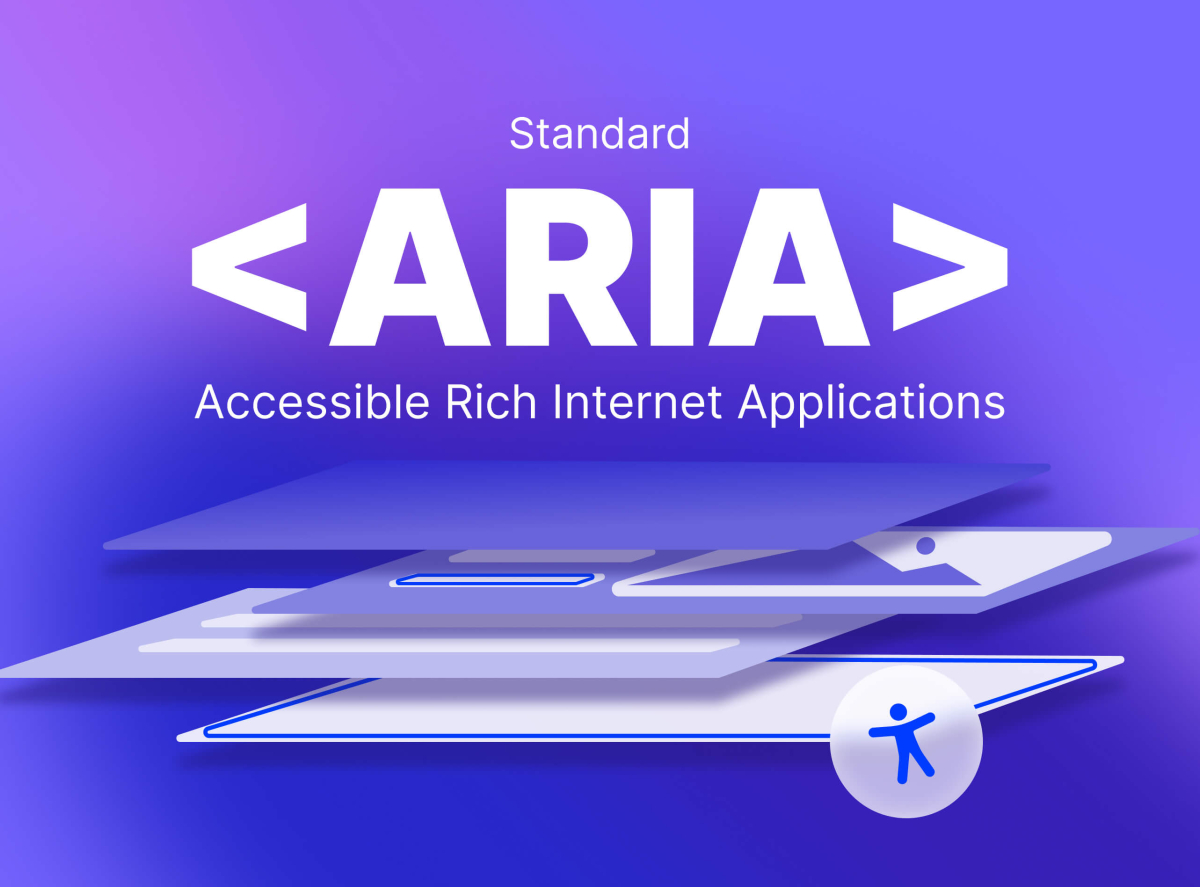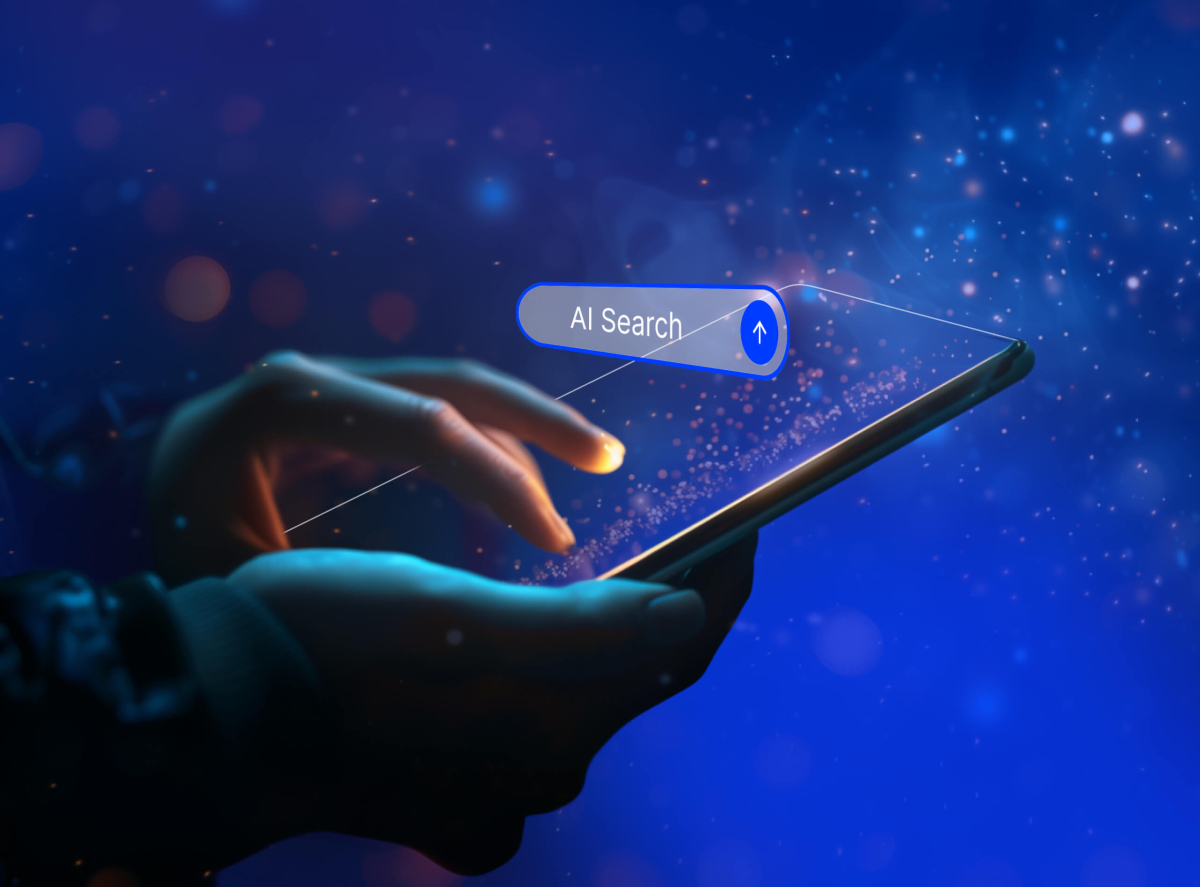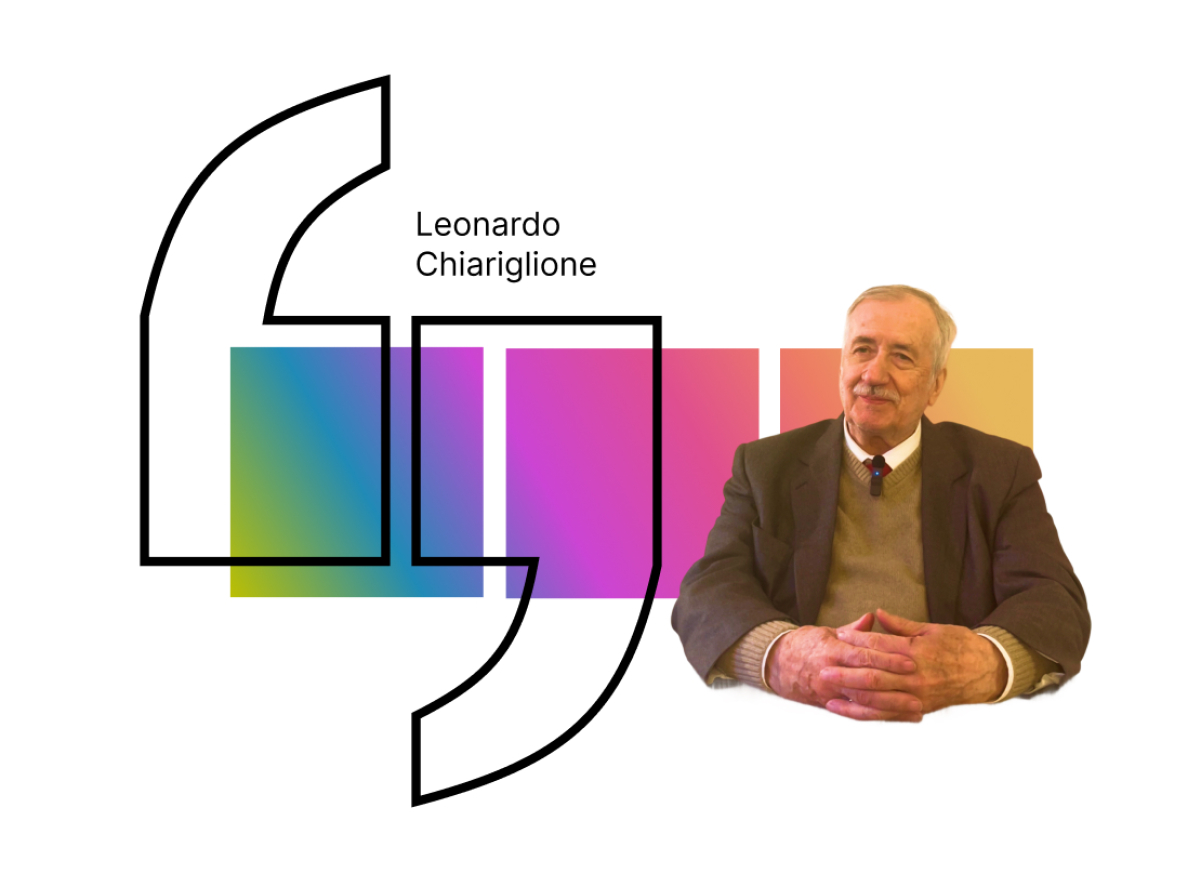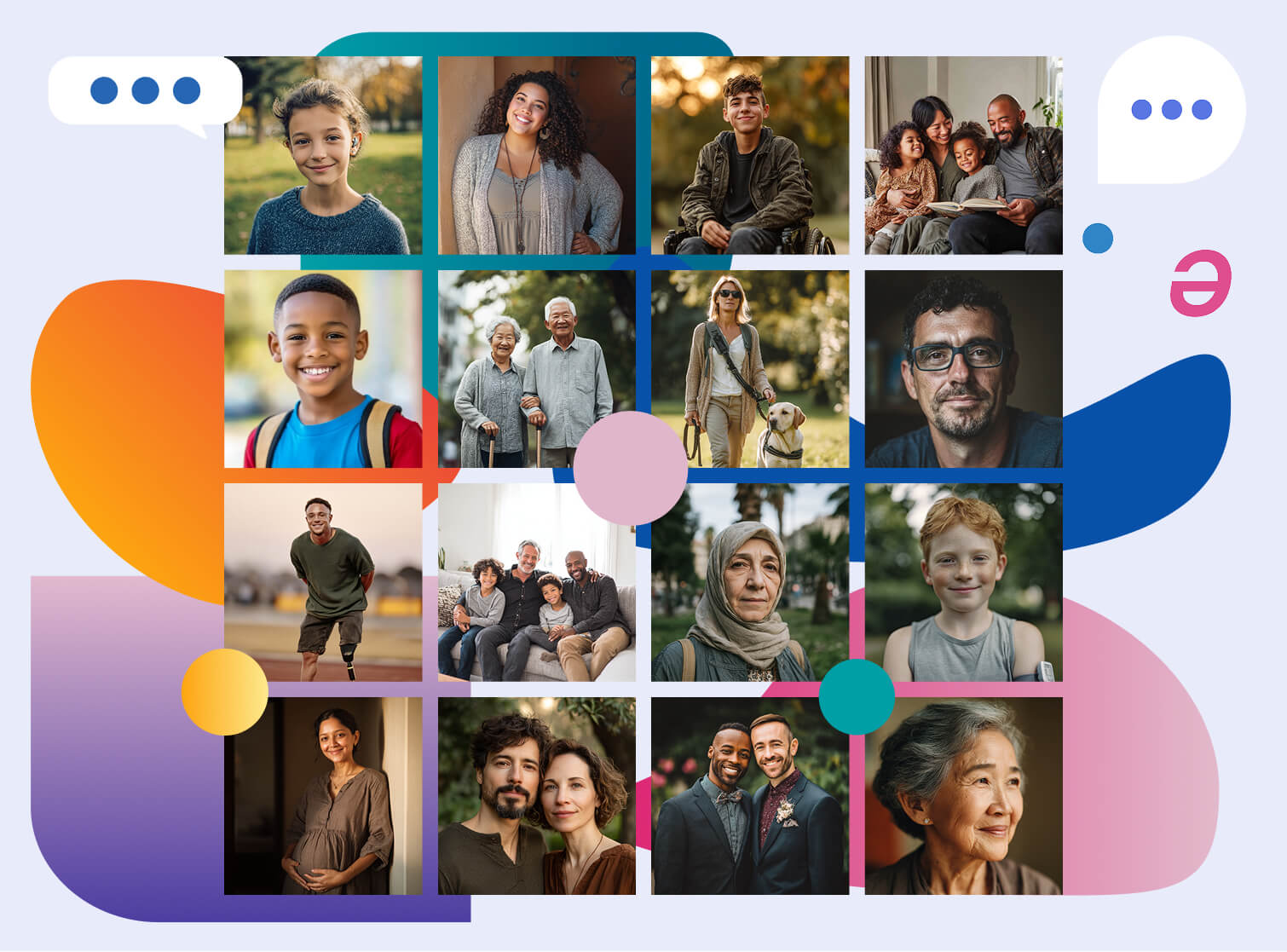
Making space to include: the power of inclusive marketing
In an increasingly broad and connected market, where the web and social media allow us to reach people with a wide range of experiences, cultures, and identities, it becomes essential for each individual to feel seen, represented, and acknowledged. This is precisely the context in which inclusive marketing takes on a key role: it helps brands build more authentic, respectful relationships that truly speak to people.
The world is changing and so must marketing
If we look at the history of communication, we realize that what seemed correct or 'normal' yesterday can now appear inadequate, outdated, or even offensive. And that’s not a mistake: it’s the sign of a society that evolves, that questions itself, and that shifts its perspective. Words change, just as the images and messages we use to tell our stories change. For example, in the past, we simply referred to people as “disabled”; today, we prefer to say “people with disabilities”, placing the person before the condition. In the past, it was common to represent only certain types of bodies, families, and faces. Today, we know that reality is much broader, and including it is not just a matter of correctness, but of truth.
Marketing can’t be static in a world that’s constantly moving. It’s a reflection of culture, and for that very reason, it must learn to listen to it, to mirror it, and to respect it.
That’s why inclusive marketing matters
Inclusive marketing is a communication approach that embraces diversity and speaks to everyone, without exclusion. It means using respectful language, imagery that reflects the world’s diversity, and accessible content. But most importantly, it means truly speaking with everyone, not just to everyone.
An inclusive content approach goes beyond simply “not offending”. Here are some examples and best practices that make a difference in everyday communication:
- Use accessible and neutral language: for example, write “deaf” or “blind” instead of “hearing-impaired” or “visually-impaired”.
- Avoid stereotypes related to gender, race, or age in images and promotional messages.
- Add alternative text to images (alt text) and subtitles to videos to ensure accessibility.
- Represent a variety of bodies, identities, and cultures in visuals, testimonials, and tones of voice.
- Be mindful of intersectionality: a campaign targeting women, for example, should consider differences in age, culture, orientation, and abilities.
Some concrete examples
The brand Vanish, with the campaign Me, My Autism & I, delicately portrayed the connection of an autistic girl with a piece of clothing that makes her feel safe. No pity: just a true story, told with respect and depth.
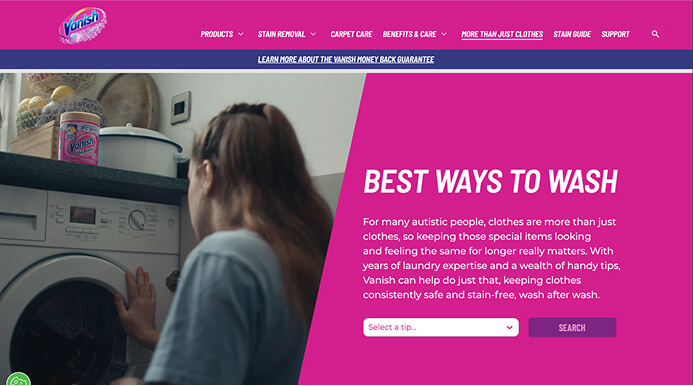
Or take Apple, with The Greatest, which showed how people with disabilities use Apple technologies in their everyday lives, not as "heroes" but as real users, with real needs.
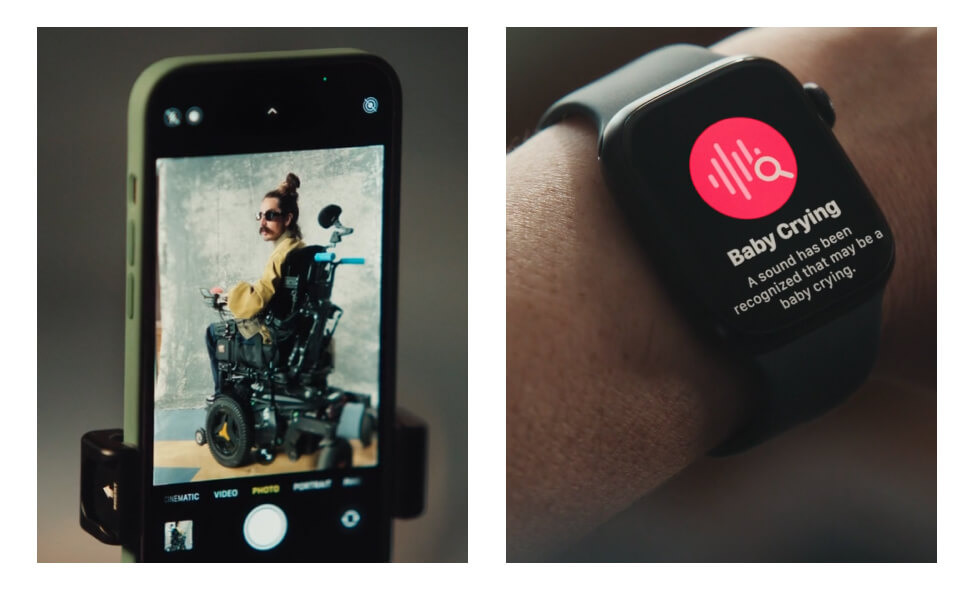
Dove, a brand that has always challenged beauty stereotypes by promoting authenticity, with The Code chose not to use AI-generated images to represent women, highlighting how AI can reinforce unrealistic beauty standards. At the heart of the campaign, a clear message: true beauty doesn’t need filters or algorithms.
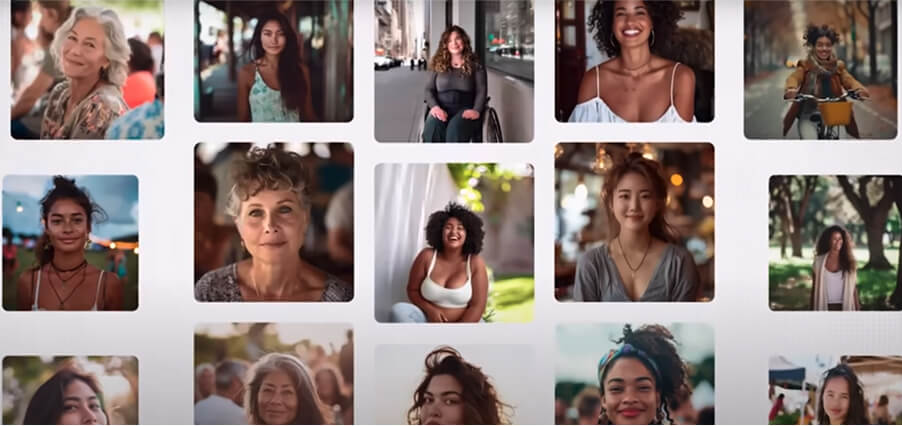
These campaigns work because they are honest and credible, representative of reality. And this is what inclusive marketing strives for: fewer masks, more humanity.
Why it matters to you
Inclusive marketing is not a trend, nor an option for a few. It’s a strategic and necessary choice for those who want to communicate authentically, build lasting relationships, and remain relevant in an increasingly aware context.
We live in a plural society, made up of different identities, stories, cultures, bodies, and abilities. Ignoring this reality is not only short-sighted but risks excluding those who could become loyal customers, natural ambassadors, or simply part of your world.
Being inclusive means making space. And when you make space, people come closer. They trust you. They choose you. Not just for your product, but for what you stand for.
If you're a company, an inclusive approach can help you:
- Expand your audience by reaching people who felt excluded from your communication.
- Strengthen your brand reputation, which starts being perceived as caring, human, and responsible.
- Build deeper, lasting relationships with people and communities who feel seen and valued in your communication.
- Prevent communication crises or negative reactions related to outdated language, stereotypical images, or insensitive choices.
Being inclusive doesn't mean “doing everything perfectly.” It means having the courage to listen, improve, and create communication that leaves no one out.
And this — now more than ever — is what makes a brand truly relevant.
What can Archibuzz do for you?
Our digital agency can support you at every stage of your digital communication, including inclusive marketing. Our role is not just to build strategies, but to guide brands on a journey of awareness. We can help you review your communication with fresh eyes, identifying what works and what may unintentionally exclude. We can translate your values into authentic, representative, and accessible content, without compromising on effectiveness or creativity. We don’t have one-size-fits-all solutions, but we have the tools, the listening skills, and the expertise to create communication with you that truly speaks to people.
And when communication becomes real, your brand becomes stronger.
